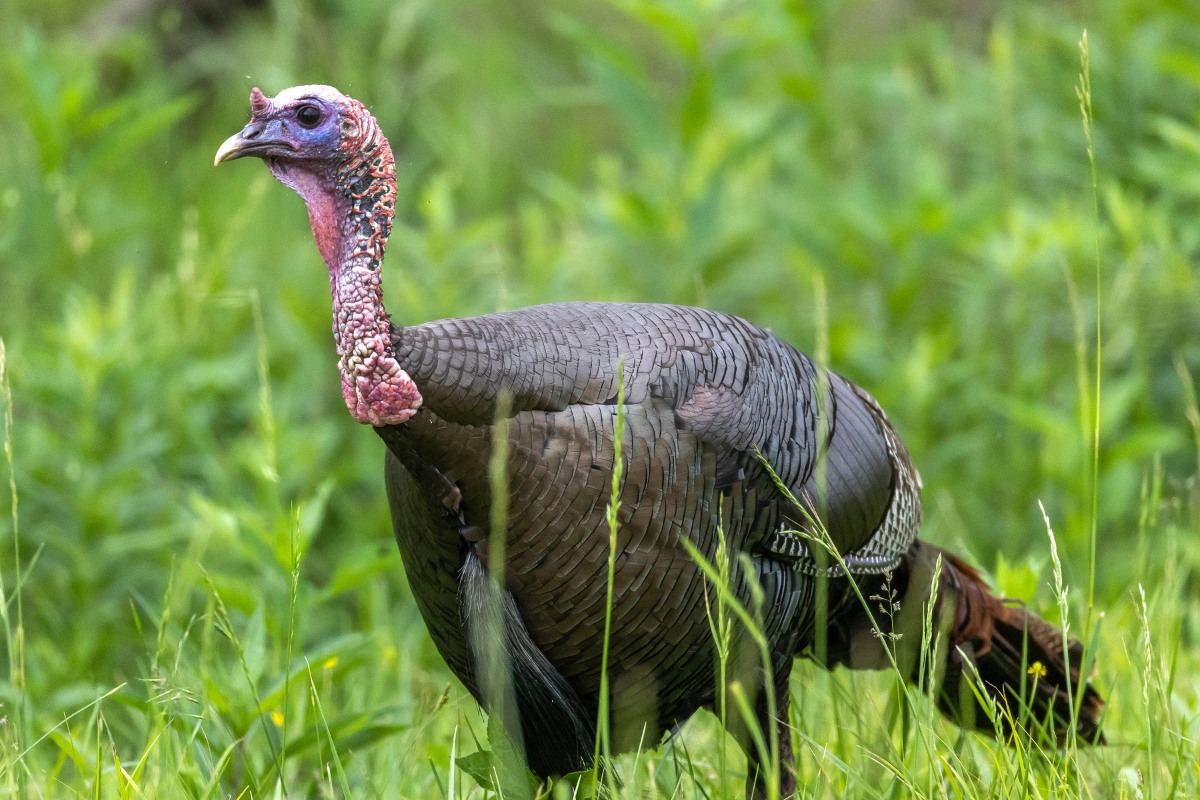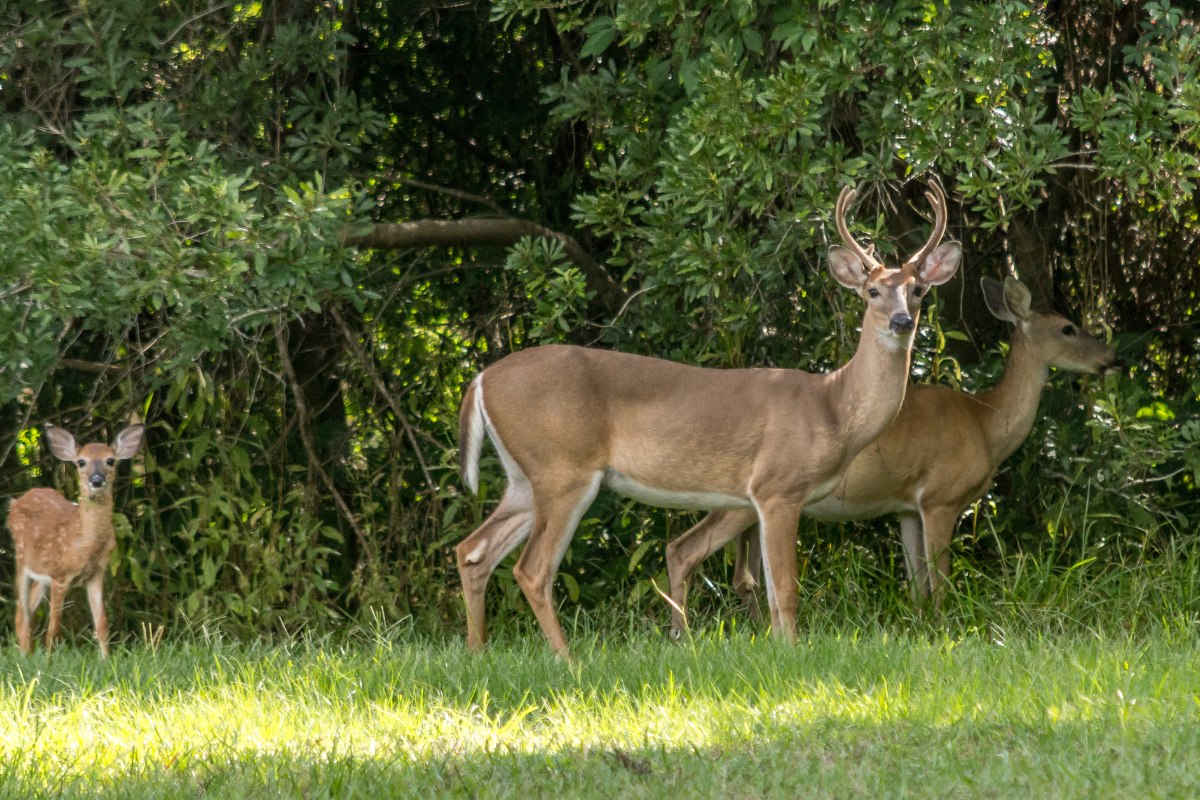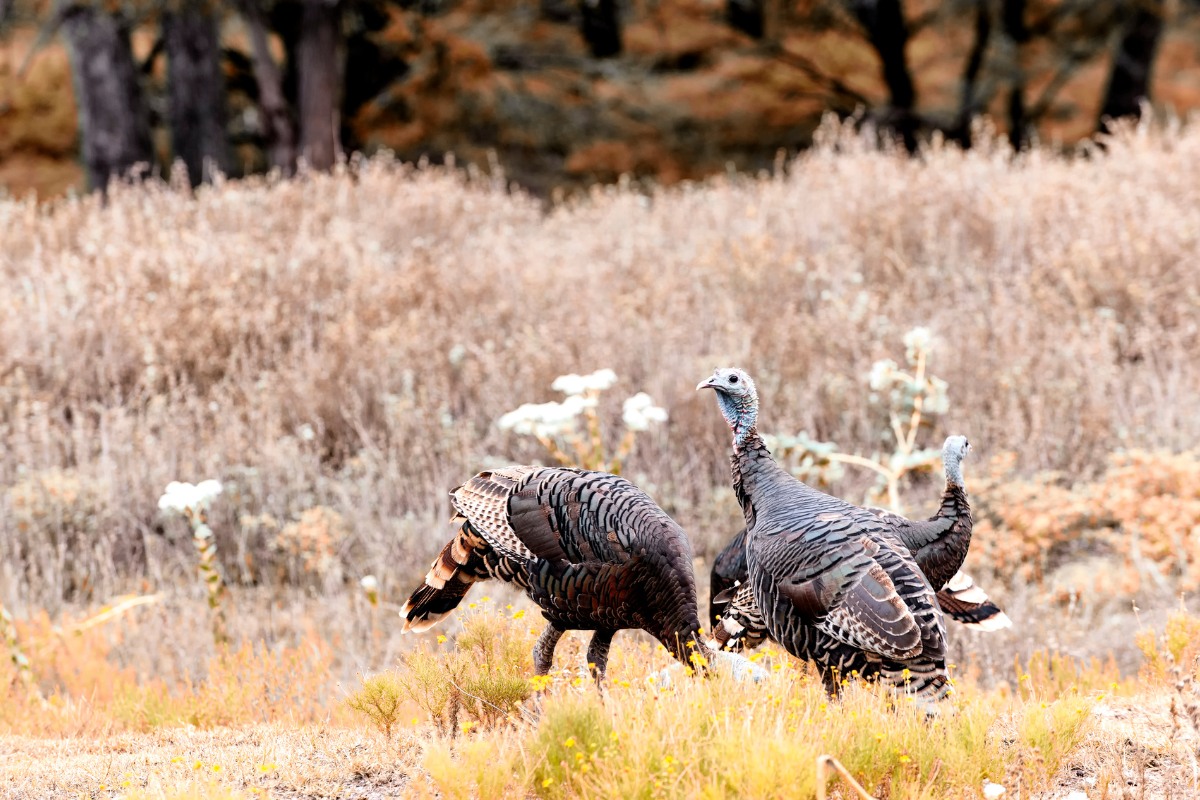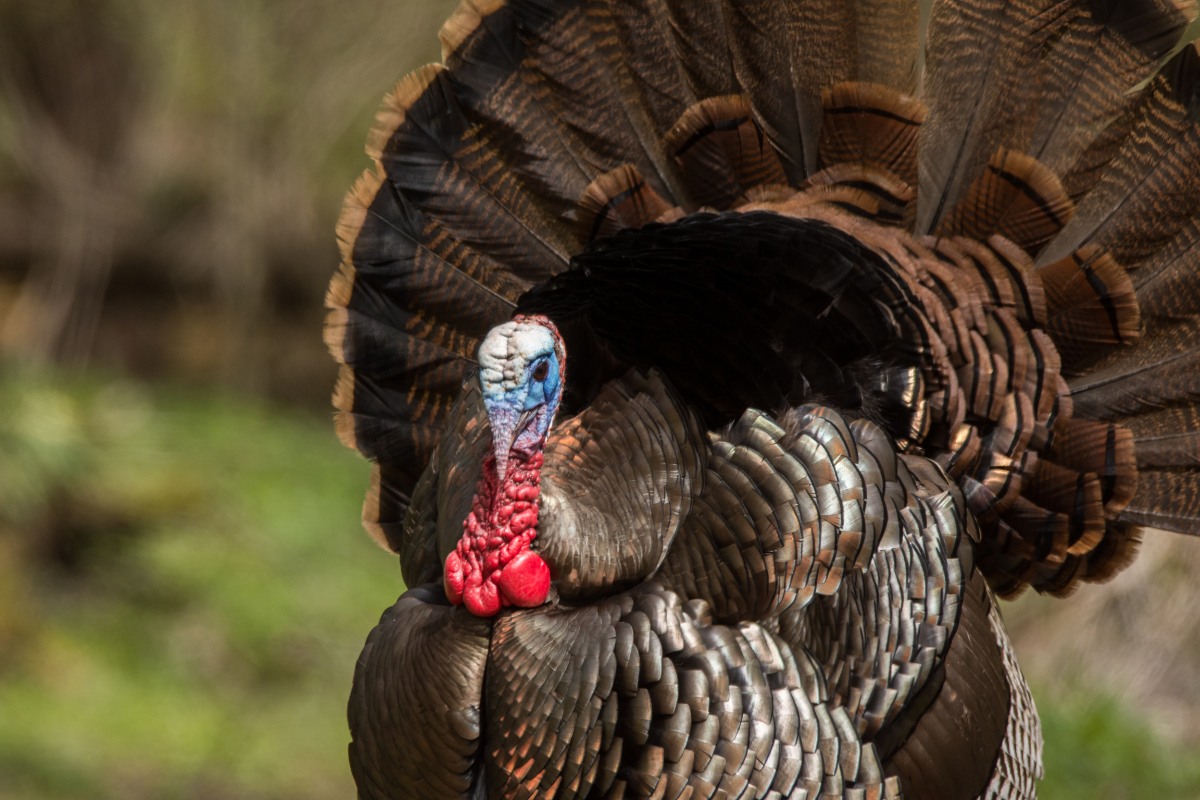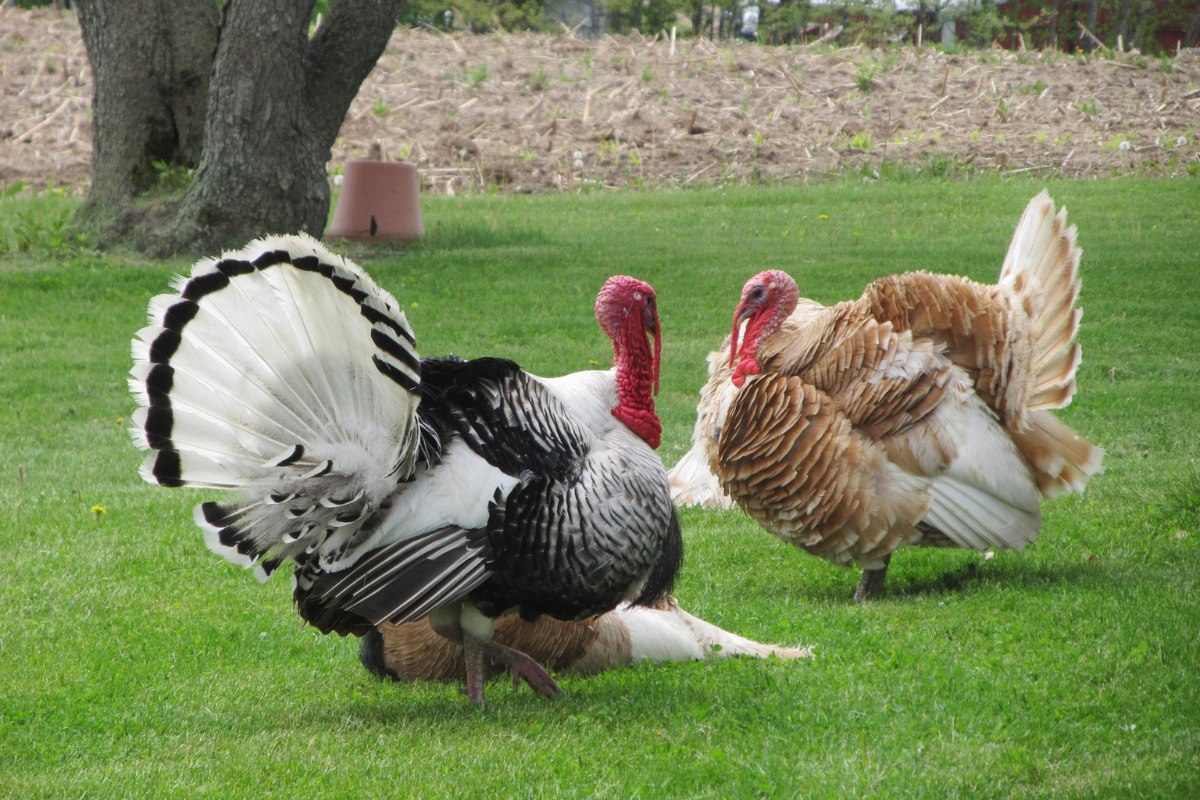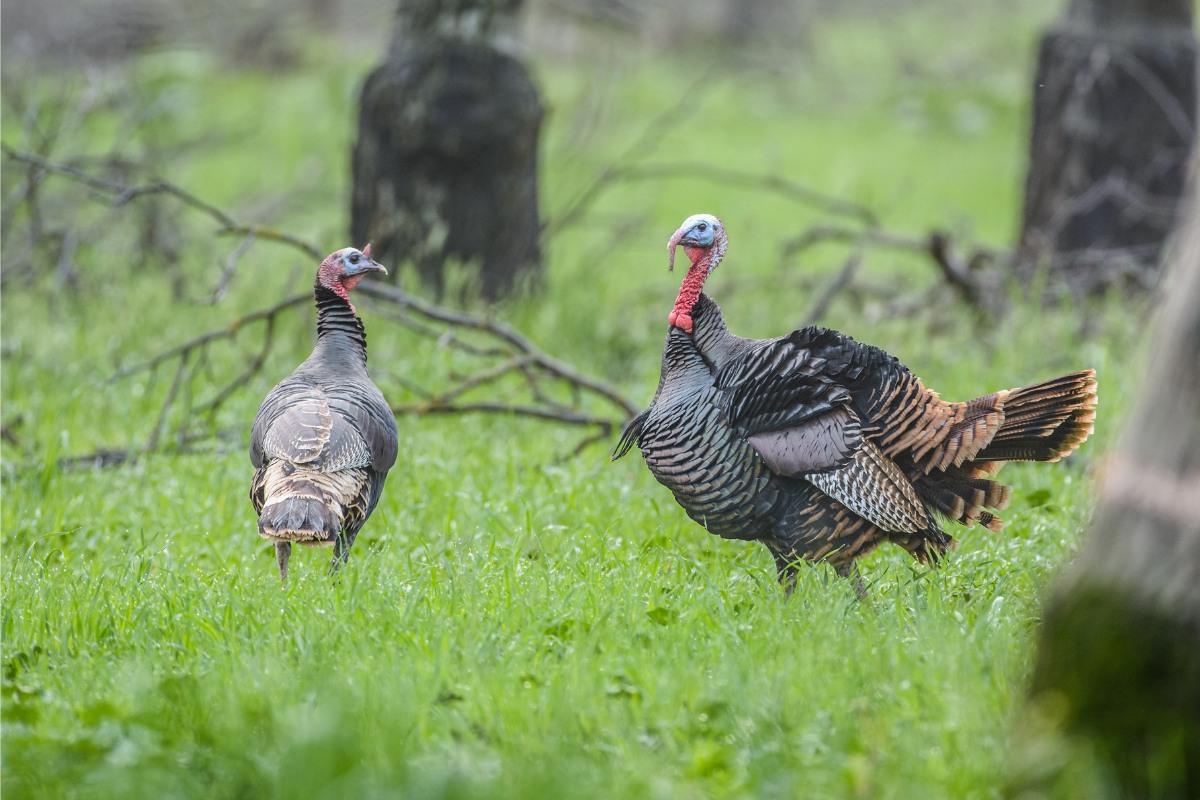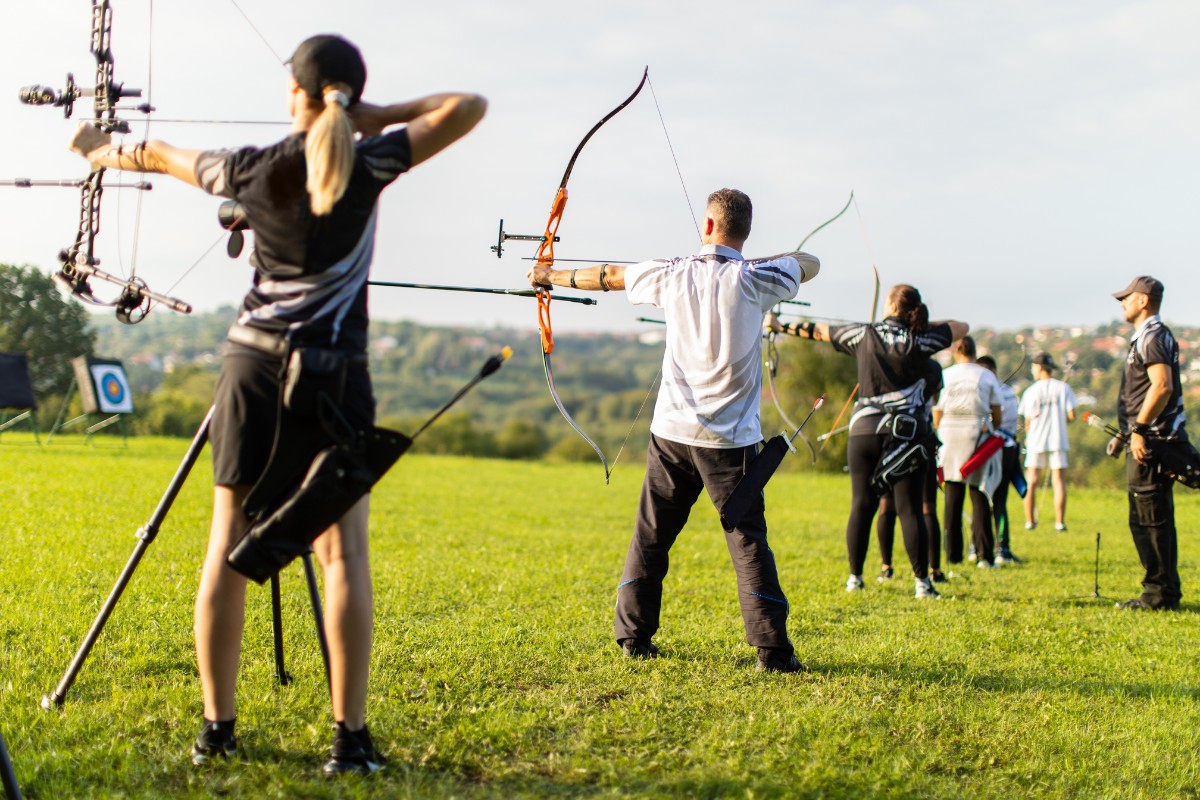Hunting with a bow and arrow is amazing; nothing beats getting in touch with your primal roots. For a hunter, few things feel as enjoyable as placing a clean arrow shot on their prey, reminiscing on all the time spent at the range honing skills, and seeing how it paid off. However, valuing the lives of animals should be a top priority for any veteran of the sport.
For that reason, a quick and humane death is the least hunters can do for their kill. Regardless of how accurate they are, if they don’t understand the anatomy of their prey, the animals will inevitably suffer a long and painful death. Even worse is if the turkey runs off before it can be trapped and gets hauled off by another animal. As such, before heading out to the woods, ensure you’re familiar with the guaranteed spots for a clean turkey kill.
The Different Shot Angles
Turkey hunters will encounter a few basic angles when facing toms. Each of these has its own set of challenges. Learn to recognize them quickly for better results.
Headshot or Guillotine
New hunters will be tempted to make this type of shot early on. But let’s get this thought out of the way fast. It’s not impossible to get a clean shot of this type, but it’s extremely hard.
The best way to score a headshot is to wait until your target is as close as possible. Once the tom is within a comfortable range for you, hold until they’re relatively still, then make your shot.
However, we don’t recommend trying this shot if you’re inexperienced. Turkeys like to move erratically, and that unpredictable behavior can make this shot impossible.
Missing or hitting the wrong part will inevitably end with your prey running away and you missing out on a kill.
Strutting Broadside
Seasoned hunters will be familiar with this particular type of shot. But just because it’s common doesn’t mean it’s easy.
Feathers make it hard to distinguish the vital zones on a turkey. A turkey going on a full strut changes its appearance significantly. When combined, these two factors make it difficult to get a clean shot.
We recommend waiting until the gobbler finishes strutting or shifts its position before shooting.
Broadside
You can find a fowl’s vital organs in the upper regions of their body. Typically, the heart and lungs stand a tad higher than the center mass line. Hunters can easily make this shot by adjusting their aim towards the final wing joint, which points at the heart/lungs.
This type of shot will also break both wings, preventing the tom from flying away if it (somehow) fails to kill it.
Rear-Facing Shot
One of the simplest kills a hunter can get is the rear-facing shot. Whenever a turkey is looking in the opposite direction of the hunter, the best bet is to aim for the base of the tail fan. The arrow will sever the spine and quickly penetrate the chest cavity.
Rear-Facing Strut
A turkey can’t look back if its fan is up. This means that if you ever have the opportunity to make this shot, don’t waste it.
Aiming for the anus/base of the tail (known as the vent) will let you get a quick/clean kill.
Forward-Facing Shot
Hunters will rarely have the opportunity to face a turkey head-on. Typically, a turkey will run away the moment it spots a predator (or anything remotely scary, really). As such, take advantage of this situation by aiming at the area directly between the base of the neck and beard. Use the line between the breast feathers to guide your shot. Hitting this area will hit vital organs, downing the bird efficiently.
Strutting Towards You
Look for the spot where his beard emerges from his feathers, aim towards it, and fire. This particular shot will damage his organs and break the back.
Using a Bow’s Ground Blind
First things first, what exactly is a ground blind? Ground blinds are cover devices that create a shadow, making it harder to spot the movement of the hunters inside. These objects take the form of tents or towers. Ground blinds offer exceptional advantages to hunters, yet there are a few disadvantages.
Hunters looking to use a ground blind require different tactics based on the body part. However, we can’t stress the usefulness of these and recommend them for any turkey hunt.
Broadside (Ground Blind)
When using your bow from a ground blind, the best option is to aim for the upper portion of the turkey’s thigh. Aiming for this region will ensure your shot goes through their organs, killing them quickly and efficiently. Furthermore, shooting a turkey’s thighs eliminates their ability to run and escape. Even if you don’t manage to kill them instantly, you’ll still be able to minimize their suffering.
Rear-Facing Shot (Ground Blind)
If you’re shooting a turkey that’s facing away from you, aim for its anus. The arrow will hit a lot of vital organs, quickly ending its life. However, if the fan is down, you’ll want to aim for the lower or middle of its back. This type of shot will eliminate them quickly.
Front-Facing Shot (Ground Blind)
It’s easy to understand why hunters would wrongly assume a turkey’s vital organs are in the front of the breastbones. However, it’s just not true. A gobbler’s internal organs are closer to their backs. This means that you’ll want to aim for the center of their beards, allowing your arrows to pierce through their bodies and penetrate deeply into their organs.
However, a good hunter knows that taking this particular shot will destroy the beard (a prize among collectors). As such, don’t take this shot unless you’re only planning on scoring a meal.
Where and Why to Aim
While most shots are self-explanatory, it benefits the hunter to understand the reason for each shot. Additionally, due to a turkey’s natural movement being erratic in nature, knowing the reason why you’re aiming in a specific area can help.
The Base of the Neck
While it is tempting to aim your shot when the turkey starts moving towards you, please keep in mind that turkeys have great visual acuity. If their eyes are facing your direction, they will see you and flee immediately. Unless you’re already drawing your bowstring and predicting the tom will shift its direction towards you, we don’t recommend making any sort of movement.
Instead, wait until they turn their head; at that point, feel free to draw and aim around four inches down the base of their neck. If the arrow hits, it will break the tom’s back. This will result in a clean and humane kill.
Broadside
The final wing joint is your target when aiming at the broadside of a gobbler. Visualize a vertical line and aim at the spot you see the joint.
The Back
Don’t attempt to shoot a turkey when it’s walking or feeding, especially if its head is lowered as it moves. This will shift the location of its organs, making it decidedly harder to score a quick and efficient shot.
We recommend using a call to get its attention or throwing a stone farther than the turkey in order to distract it. Once it’s standing fully erect and with its head raised, aim for the back and let go of your arrow. You’ll break the spine and leave it unable to move even if it somehow survives.
Headshots
You’ll read it several times throughout this article, but try not to aim for headshots if you’re new to the sport. Even if you’re a seasoned archer, by aiming for the head, you’ll potentially ruin the beard or miss altogether if something throws off your aim. Turkeys are unpredictable by nature and easily scared; therefore, making the shot as fast as possible is the most effective way to kill one. While a successful hit will absolutely kill the tom, it’s more likely you will miss the shot.
If you’re still set on trying, remember to use a guillotine broadhead tip, and don’t be surprised if it escapes.
Final Tips
Every shot you make benefits from using a distinct arrowhead. While the standard arrow will provide no particular disadvantages, hunters typically don’t want their prey suffering more than they have to. Learning how each arrow works will help make almost every shot a guaranteed kill.
You’ll find the following types are the best:
Mechanical Broadhead
Wide-cutting arrows that inflict heavy damage even on non-kill shots. These have blades attached that deploy once they hit a target; however, if your angle is bad, they won’t deploy regardless of hitting the target.
Fixed Broadhead
The traditional arrowhead doesn’t offer any particular advantages but can break if it hits a bone.
Guillotine Broadhead
If you want to make a headshot, use these arrowheads. However, they’re only recommended for seasoned hunters who know when to aim for the head.
The quality of the arrowhead is important. A turkey’s feathers are tough, providing a decent degree of protection to their bodies. For this reason, it’s best to use high-quality arrowheads that won’t break off easily and will inflict the highest degree of penetration plus damage.
Conclusion
Using a shotgun or rifle can make hunting turkeys easy. Real hunters like to challenge themselves. Using a bow to hunt turkeys requires accuracy, concentration, practice, and patience. Not only do hunters have to wait for the perfect opportunity, but they also have to target a specific region on the bird. Furthermore, despite an arrowhead helping make the shots easier, they don’t guarantee a kill either. But, in order to maximize your odds, you need to combine these two factors and aim properly.
As always, your end goal is to make the most of your day, bag a kill, and make it as humane as possible. Letting an animal suffer simply because you couldn’t make the shot is cruel. Nevertheless, keep in mind that any shots you don’t make are arrows you can recycle. Keep trying, and do your best!
